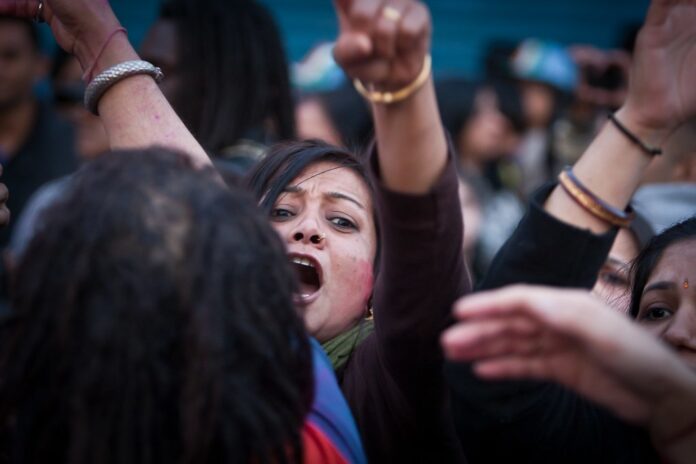Jacob Davis
CSMS Magazine
Since former president Pedro Castillo was deposed in early December, protests have spread across the country. They blocked roads and paralyzed several airports in the southern part of the country. The tourist sector has suffered, especially with the closure of Machu Picchu, the Inca ruin and Peru’s most important tourist attraction.
Pedro Castillo, who was and is still admired by the majority in the lower class, wants new elections while rejecting interim president Dina Boluarte who replaced Castillo. She was Castillo’s vice president but now heavily supported by the Peruvian congress, an institution that is regarded among the masses as “a viper’s nest of corrupt lobbies and vested interests” (The Guardian)
Protestors are adamant, saying they will not back down until Boluarte steps down and early elections are scheduled. But so far, the country’s disgraced congress has obstructed efforts to push through legislation that would set Peru on the path to early elections. This move has hardened the determination of the protesters.
Since the start of the crisis last December, Peru has been under a state of emergency. Last week, President Dina Boluarte prolonged the state of emergency including seven southern regions – Madre de Dios, Cusco, Puno, Apurímac, Moquegua, and Tacna. These heavy-handed measures will not solve the crisis as a growing number of academics observe. The fundamental problems driving the unrest will not go away because a substantial proportion of the population feels abandoned by the country’s institutions led by a political class mired in corruption.
Also see: Runoff between Lula and Bolsonaro
Follow CSMS Magazine on Facebook: www.facebook.com/csmsmagazine
Twitter: www.twitter.com/csmsmaga
Also, you can subscribe to our YouTube channel.


